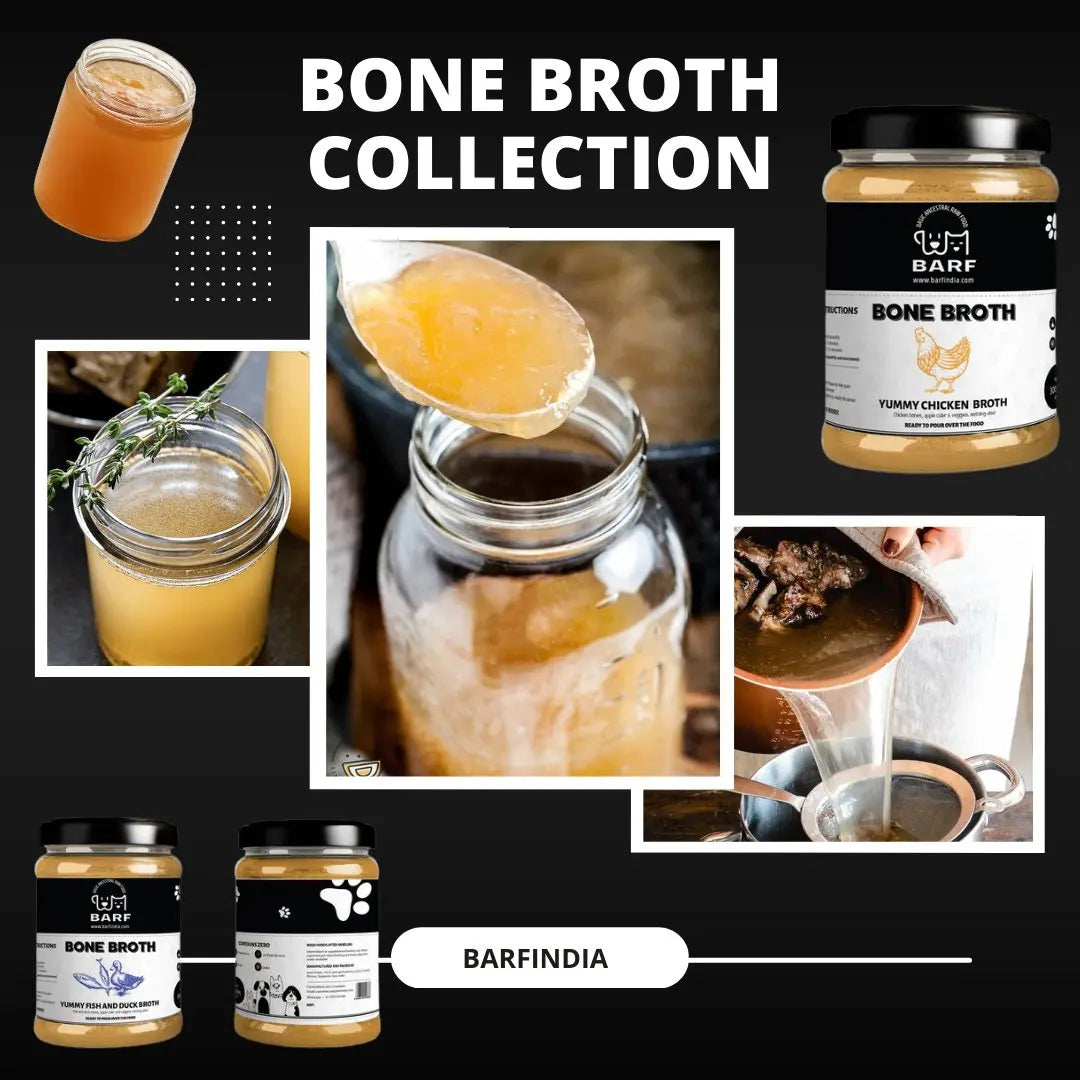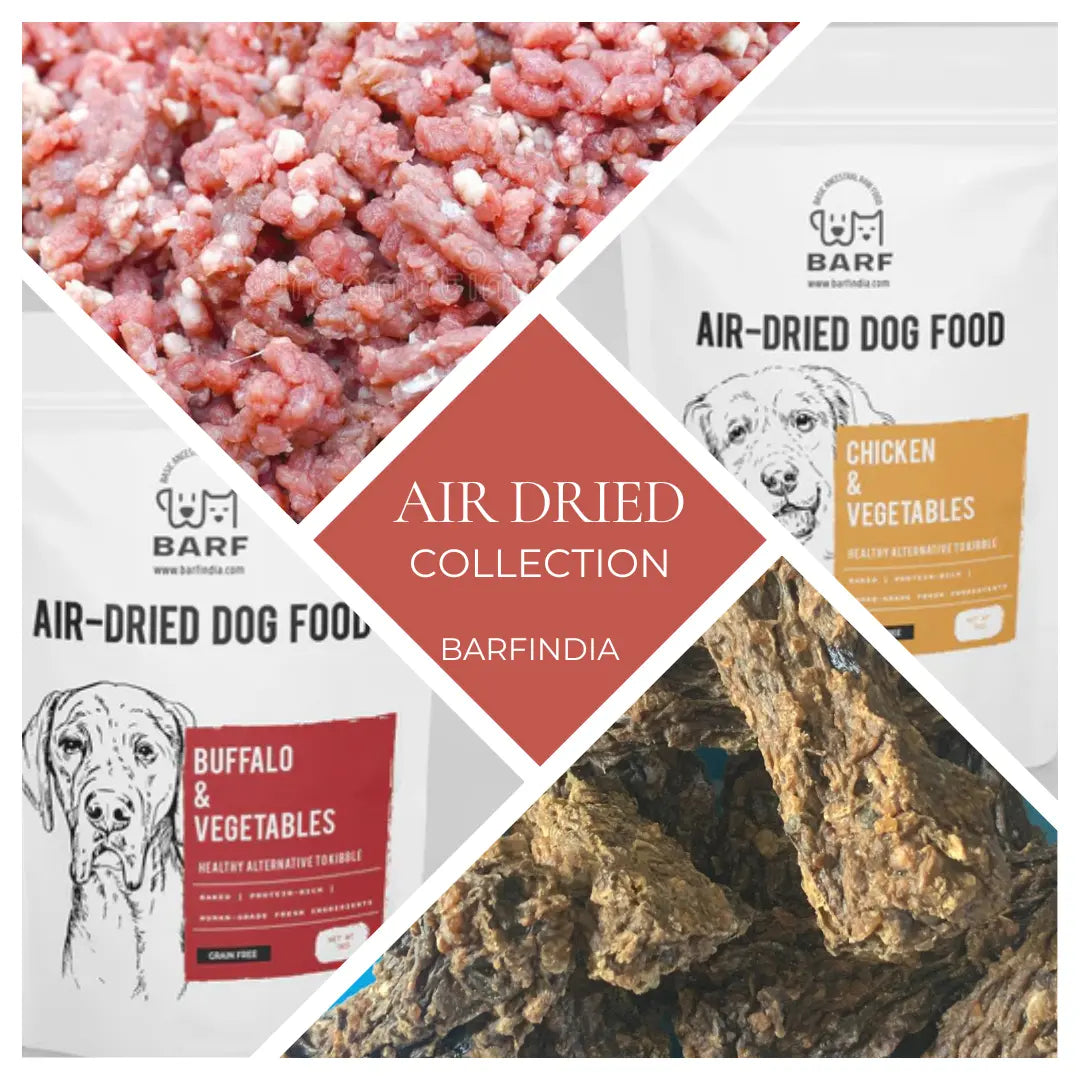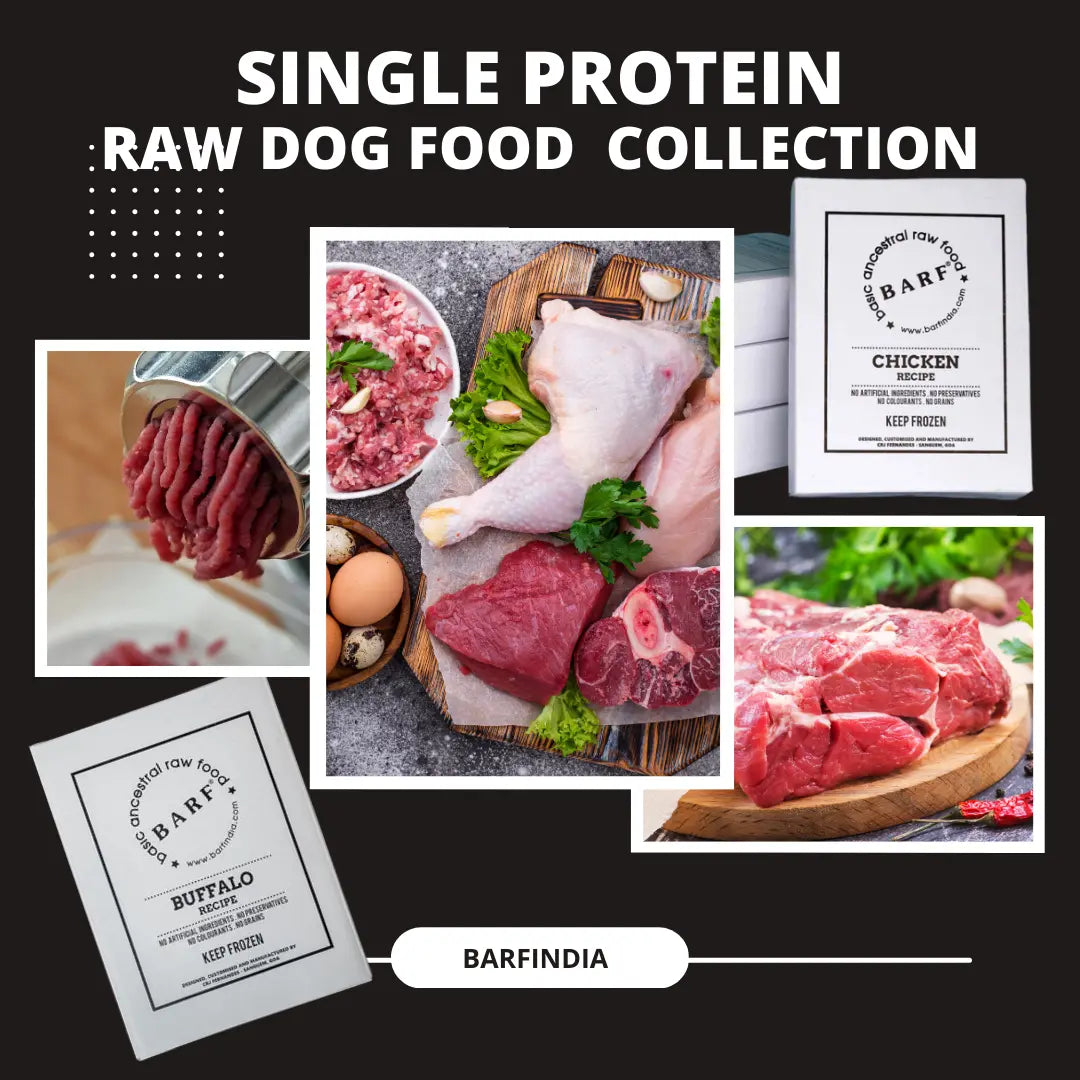
Is your home-made dog food balanced?
B.A.R.F. India AdministratorIs your home-made dogs food balanced?
Just as you take care to feed yourself and your family with the best diet, that includes a wide variety of healthy foods in the right proportions, you strive to do the same with your pet dog. If you are reading this article that means you are ready to shift (or already have shifted) your pet from a kibble to a fresh-food diet. But how do you know whether your home-made dog food is balanced? You might think you are feeding your furry friend a healthy diet when in fact key ingredients may be missing or are being fed in excess. Here are a few tips on how to prepare dog food at home, and the specific guidelines to make sure that the food you feed meets your individual dog’s requirements.
Is your dog food complete and balanced?
While it is important that your home-made dog food be ‘complete and balanced’,it does not mean that you need to struggle over every meal. As long as you meet your dog’s nutritional needs over a week or two you are doing a good job. What this means is that the best diet for dogs is a diverse diet. If you follow these guidelines for feeding a raw or home-cooked diet to your dogs, your dog will get a balanced diet and be a healthy dog. Remember, never make a single type of food, such as chicken, more than half the dog’s diet.
Meat and other animal products
This should make up at least 50% of the dog’s diet. Make sure your feed lean meat (unless your dog gets plenty of exercise). However, reducing the amount fed to control the dog’s weight could result in deficiencies of other nutrients.
Raw meaty bones (optional)
R.M.B's should not be more than one third to one half of the total diet. If you’re feeding bony parts such as chicken necks and backs don’t go beyond 1/3. But if you feed chicken thighs, R.M.B can make up half the proportion. Never feed your dog cooked bones.
Boneless meat
You can include poultry as well as red meat. Heart makes for a good choice; it is leaner and often costs less than other muscle meats.
 Fish
Fish
This is a good source of vitamin D (which needs to be supplemented otherwise). Feed canned fish with bones, like sardines (packed in water, not oil), mackerel and pink salmon. If you cook the fish, remember to remove all bones. You can feed fish in small amounts daily or larger amounts 1-2 times a week.
Organs
You can feed small amounts of liver daily or every other day instead of larger amounts less often.
Eggs
This is a great addition to any diet. Dogs weighing about 10 kgs. can easily have a whole egg every day.
Dairy
Most dogs can handle plain yogurt easily. You can also add cottage and ricotta cheese. Avoid or limit all other forms of cheese since they are high in fat.
Fruits and vegetables
Dogs have evolved from wolves and don’t really need fruits and vegetables. However, these foods do provide fiber for improved digestive health, as well as antioxidants and other beneficial nutrients. You can include fruits like berries, melons, apples, bananas, pears and papayas in your dog's food or use as training treats.
 Starchy vegetables
Starchy vegetables
You can consider including starchy veggies such as potatoes, sweet potatoes, and winter squashes as well as beans that are a rich source of carbohydrate calories that are great at maintain a good weight on skinny and very active dogs. Keep quantities low for overweight dogs.
Leafy green and other non-starchy vegetables
You can feed these low-calorie foods in greater quantity without fear, but be warned: too much can cause gas. Also some raw, cruciferous veggies, like broccoli and cauliflower, can impact the thyroid function. Puree the raw vegetables so that your dog can digest them properly.
Grains
Yes, there are two sides to this ingredient. Some are totally against grain-free foods as they can cause allergies, arthritis, or inflammatory bowel disease (IBD). However, some dogs have no reaction and grains can be used to reduce the cost of a homemade diet.
Do you need to add some dietary supplements for home-fed dogs?
Yes, you might need to add a few supplements to home-fed dogs, especially if you are unable to feed a large variety of foods. You can consider these supplements: Calcium: You can give 800 to 1,000 mg calcium per 500 gms. of food. ½ teaspoon of eggshell powder provides about 1,000 mg calcium. Oils: You can supplement with fish oil, cod liver oil, and plant oils. Other vitamins and minerals: You might need to supplement your dog’s diet with vitamin E, iodine, and other multivitamins too.
Conclusion
That you have chosen to feed your dog a
is an excellent idea. Keep the above points in mind; feed a wide variety of foods from different food groups and also get your vet to review your homemade dog food diet plan. Bone appetit!



